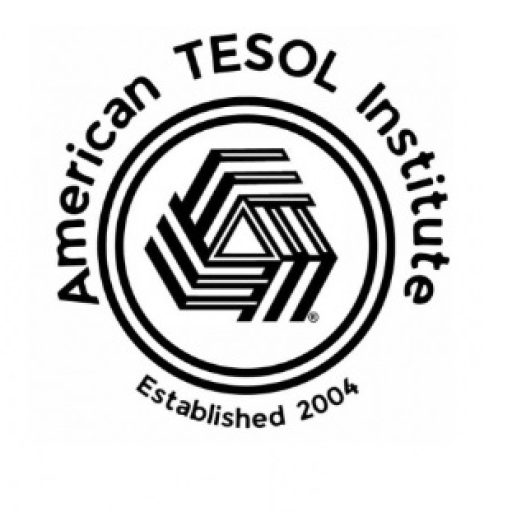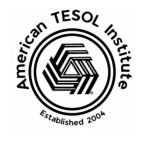In the world of second language acquisition (SLA), understanding how learners process and internalize a new language is both a science and an art. As TESOL educators strive to create effective learning environments, integrating insights from cutting-edge neuroscience can revolutionize teaching methods. One such tool making waves in cognitive research is Transcranial Magnetic Stimulation (TMS), a non-invasive method that can provide fascinating insights into how the brain acquires and processes a second language.
What is TMS?
Transcranial Magnetic Stimulation is a technique that uses magnetic fields to stimulate specific areas of the brain. By targeting regions associated with language processing, researchers can observe how neurons communicate and adapt during language learning. TMS doesn’t directly teach or enhance language learning but helps identify which parts of the brain are most active during specific linguistic tasks.
TMS and Language Learning: A New Frontier
Studies using TMS have revealed exciting possibilities for understanding SLA. Here’s how TMS connects with TESOL:
- Mapping Language Regions:
- TMS has been used to map the brain regions involved in processing native and second languages, such as Broca’s area (linked to grammar and production) and Wernicke’s area (tied to comprehension).
- Research shows that second languages often activate similar areas as native languages, but with distinct neural pathways. For TESOL teachers, this underscores the importance of practicing both comprehension and production activities to stimulate these areas.
- Measuring Neural Adaptability:
- TMS studies have shown that the brain’s plasticity—its ability to adapt and form new connections—is key in acquiring a second language. Younger learners tend to show higher plasticity, which aligns with the critical period hypothesis in SLA.
- Identifying Cognitive Overlap:
- TMS reveals how bilingual brains manage switching between languages. This can guide TESOL teachers in helping students manage “language interference” when two languages overlap in use or rules.
How TESOL Teachers Can Use TMS Insights
While TESOL educators won’t be wielding TMS devices in the classroom, its findings offer valuable teaching strategies:
- Emphasize Contextual Learning: TMS studies highlight the brain’s efficiency in associating language with context. Incorporating real-world scenarios, role-playing, and multimedia can help cement language connections in students’ brains.
- Leverage Repetition and Spaced Practice: TMS research confirms the importance of repetition in reinforcing neural connections. Use spaced repetition techniques for vocabulary and grammar to align with how the brain naturally consolidates learning.
- Engage Multiple Senses: Multisensory activities, such as combining audio, visual, and kinesthetic elements, can enhance neural activation and improve retention.
- Create a Stress-Free Environment: TMS research suggests that anxiety can inhibit the brain’s learning centers. Build a supportive classroom environment to reduce stress and encourage risk-taking in language production.
Fun Facts About TMS and Language Learning
- TMS’s Role in Memory:
- TMS can enhance working memory temporarily, which might explain why learners sometimes perform better immediately after practice.
- Different Brain Hemispheres:
- While the left hemisphere primarily handles language, TMS studies show that the right hemisphere often plays a role in emotional expression and prosody, making it vital for learning nuanced language use.
- Second Languages Restructure the Brain:
- TMS has shown that learning a new language reshapes the brain’s neural networks, demonstrating the adaptability of adult learners’ brains.
- The Age Debate:
- While younger learners have greater neural plasticity, TMS research proves that adults can still build robust language pathways with consistent practice.
The Future of TMS in SLA
As neuroscience advances, TMS could provide even more precise data about language acquisition, helping researchers and educators design targeted interventions. Imagine a future where TESOL curriculum designs are informed by real-time brain data, enabling teachers to tailor strategies to individual learners’ needs.
Conclusion
The intersection of neuroscience and language teaching holds immense promise for the future of TESOL. TMS offers a glimpse into how the brain learns, adapts, and thrives in a multilingual world. By incorporating neuroscience-backed strategies into their teaching, TESOL educators can empower students to achieve fluency while fostering a deeper understanding of how language shapes the human experience.



